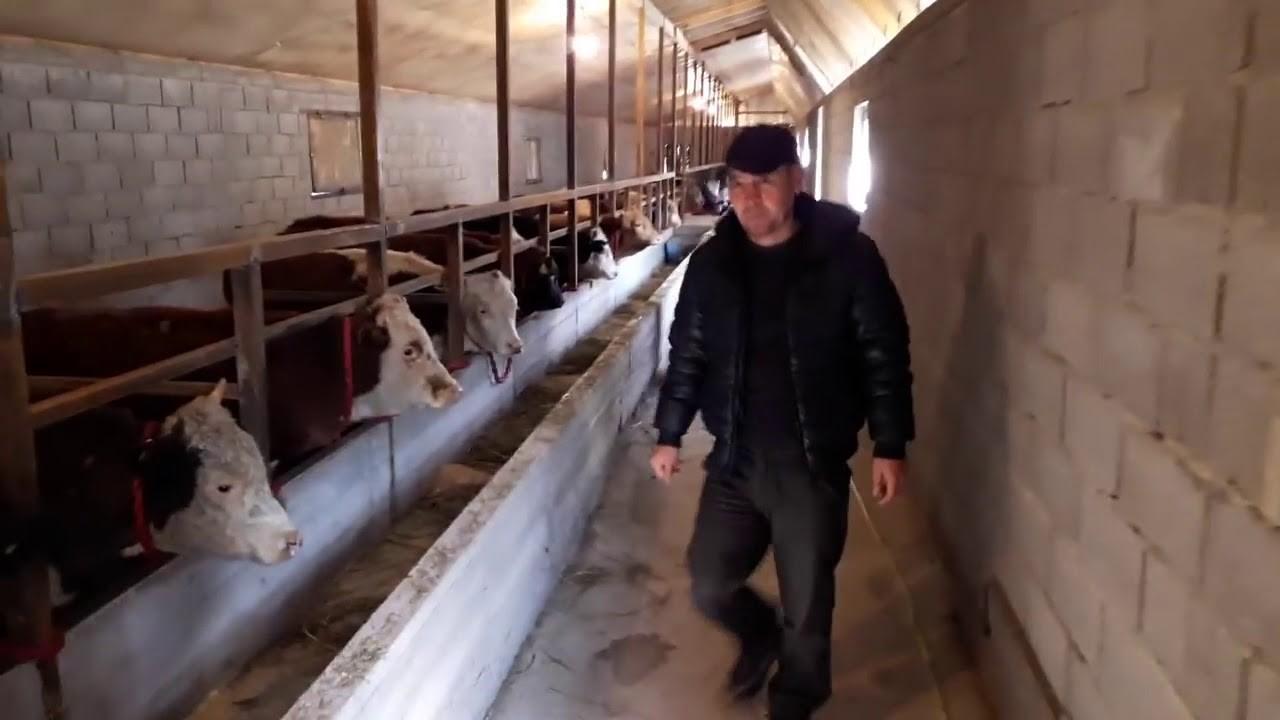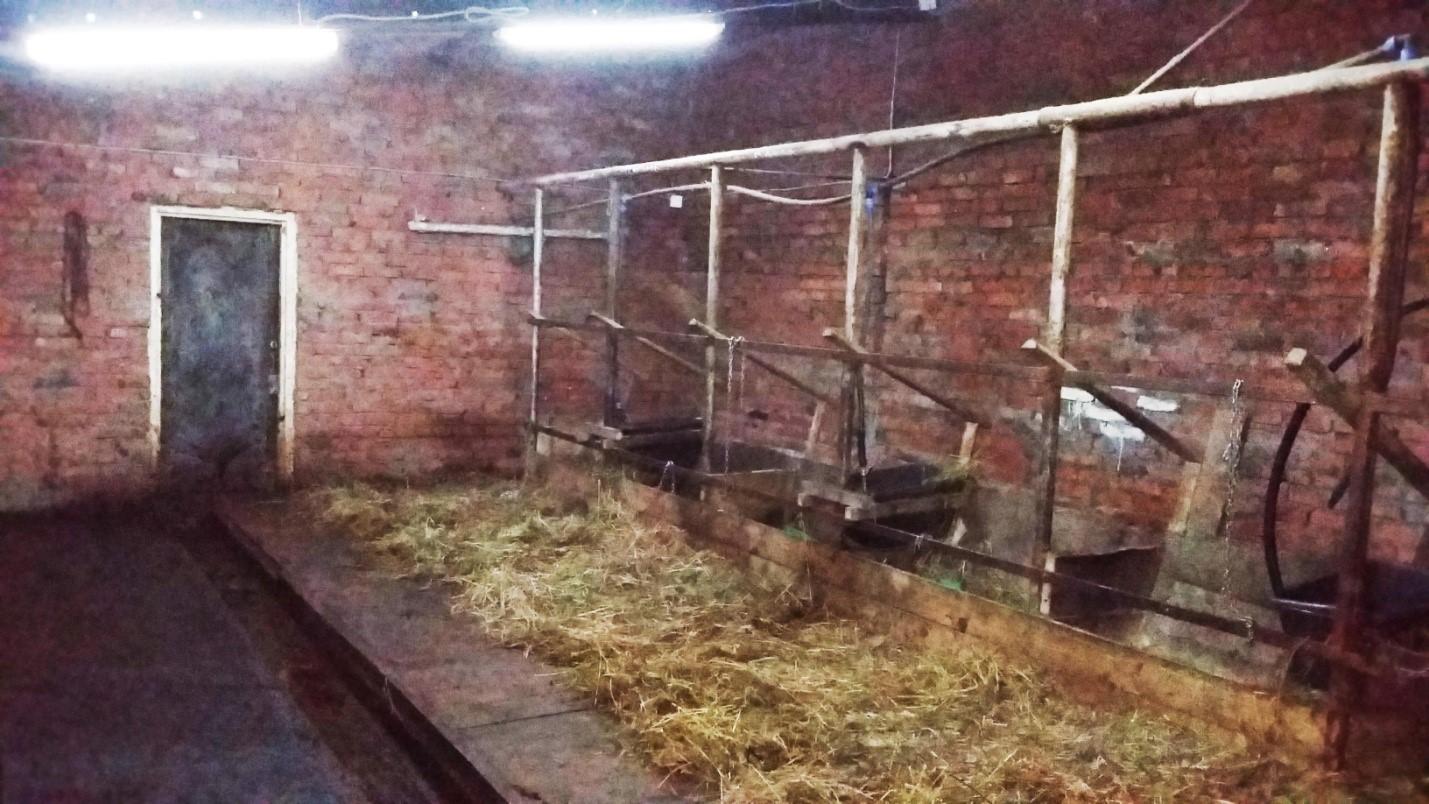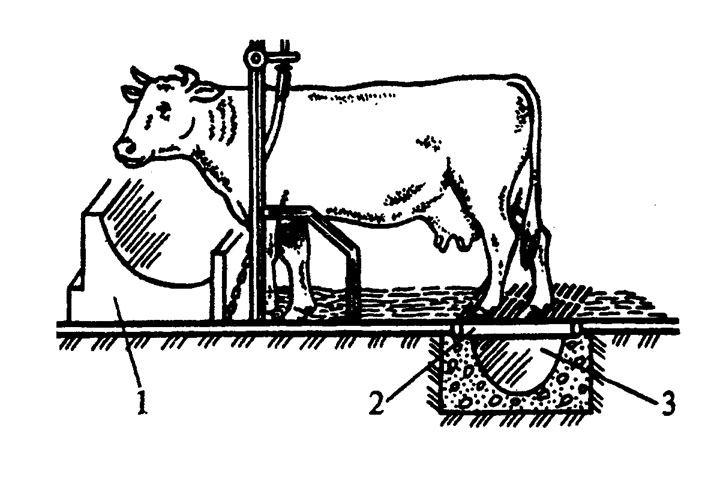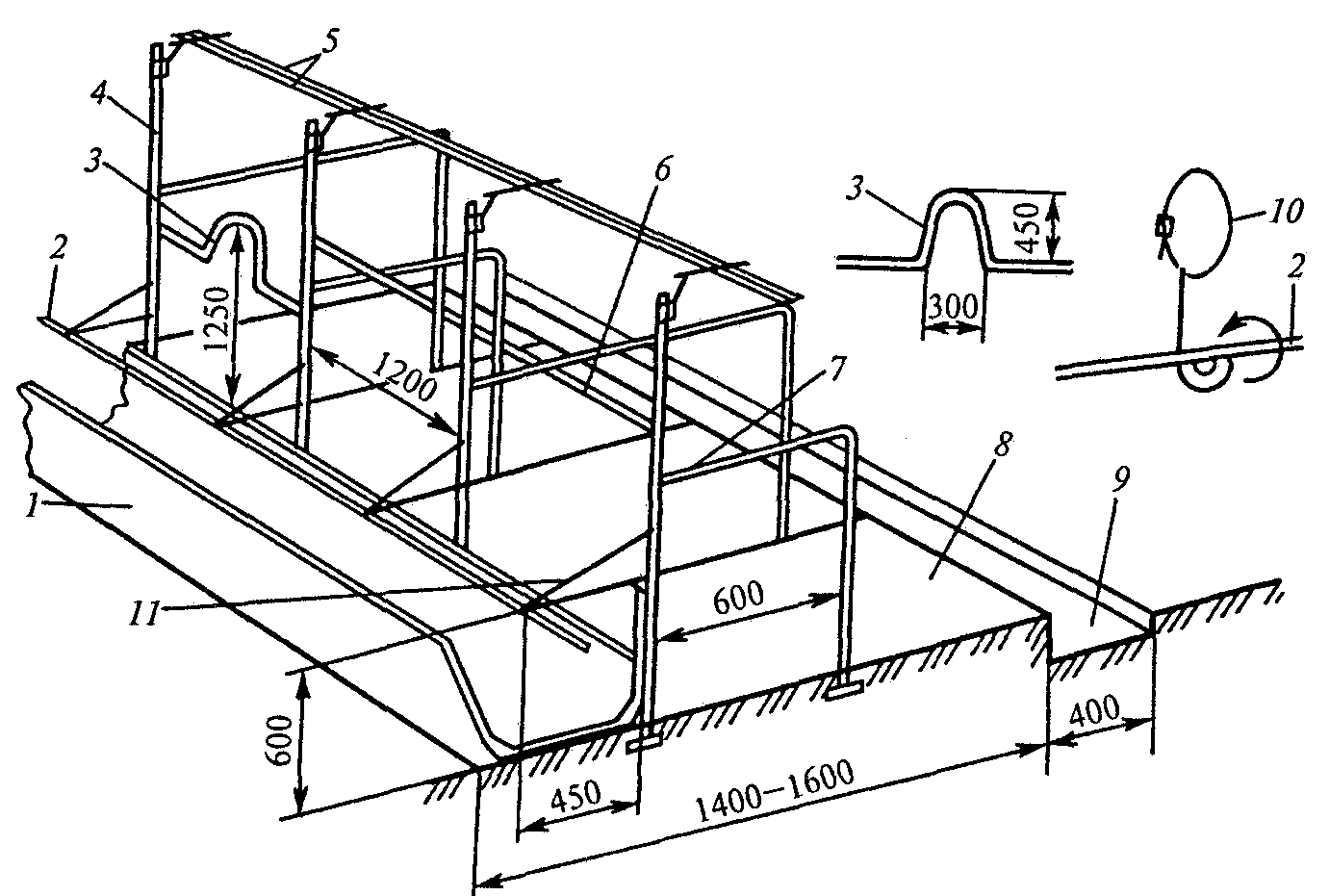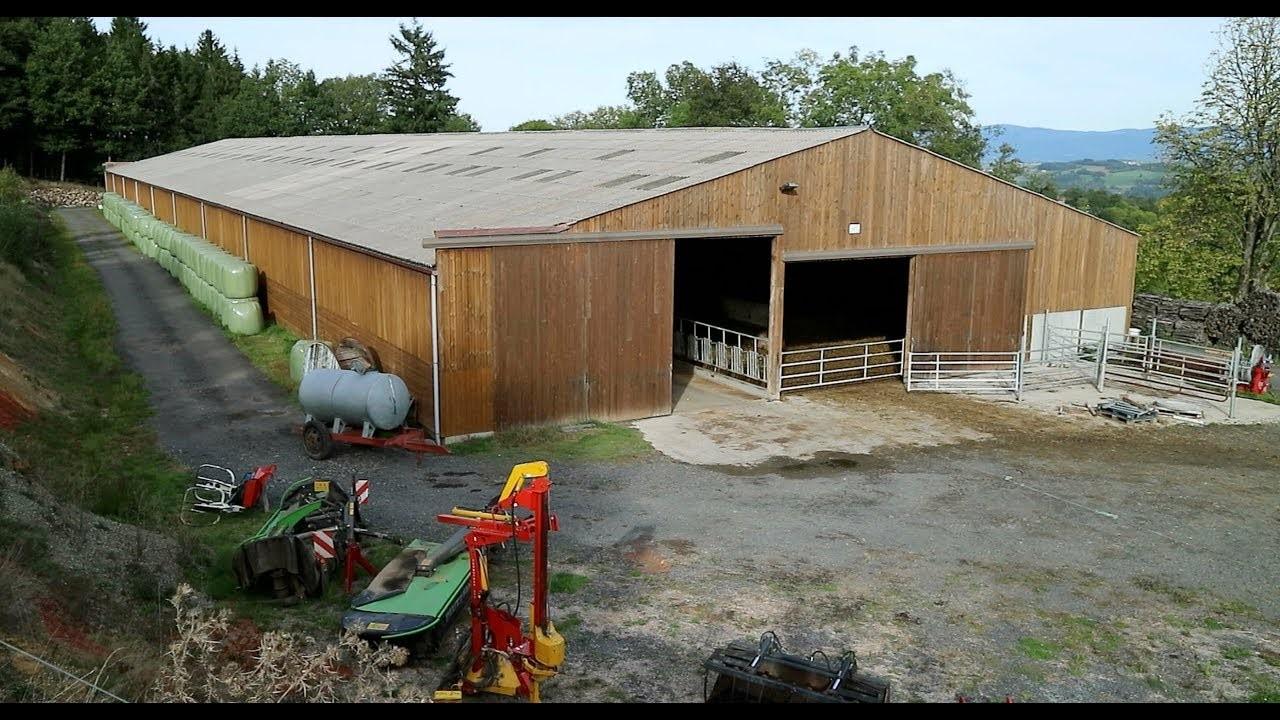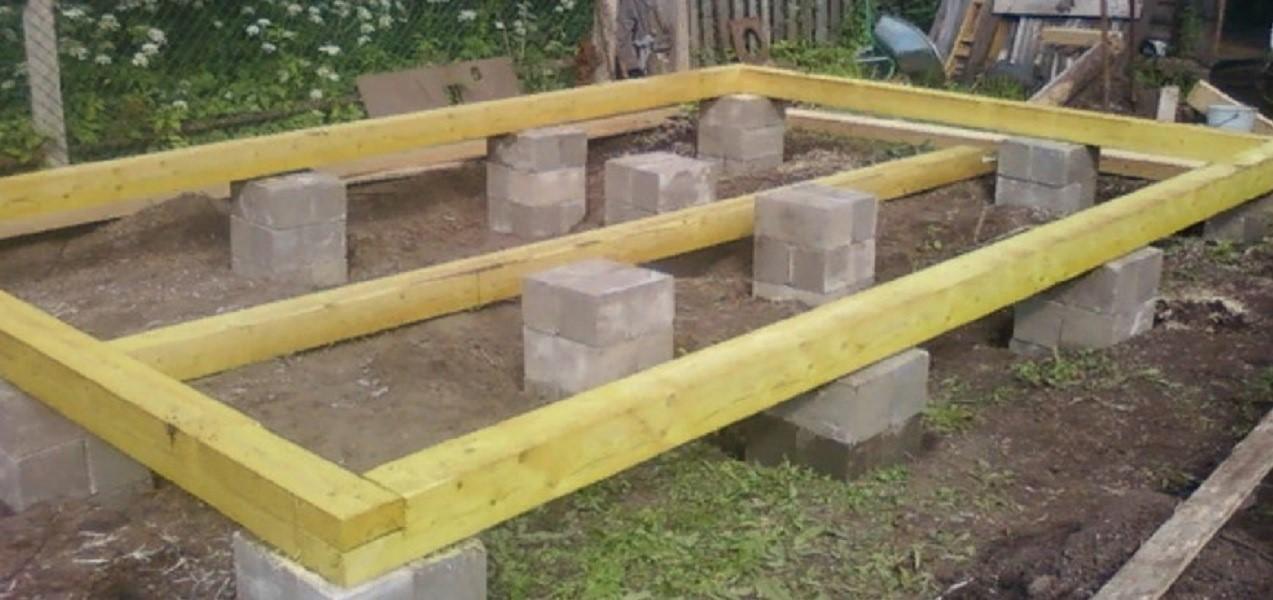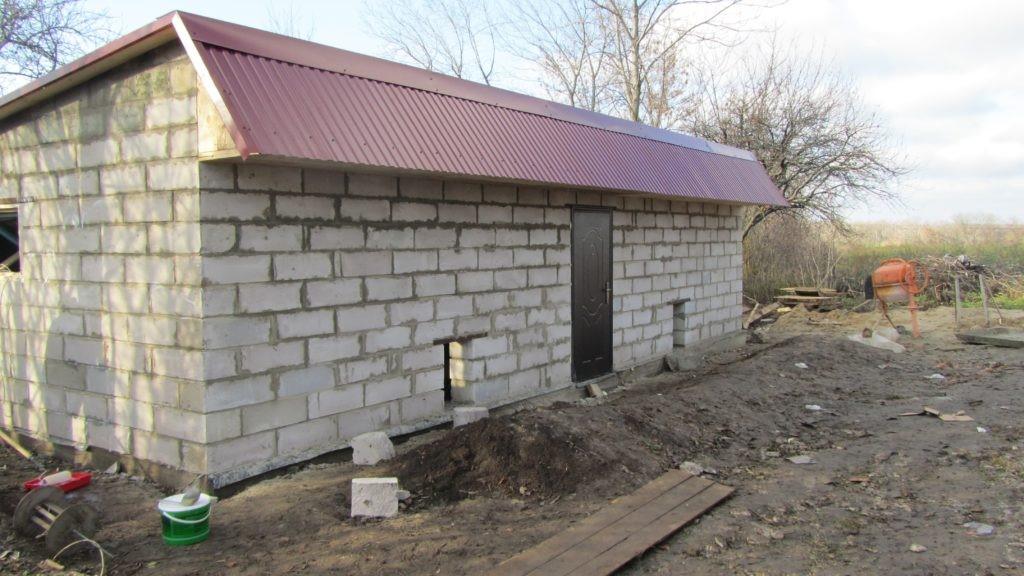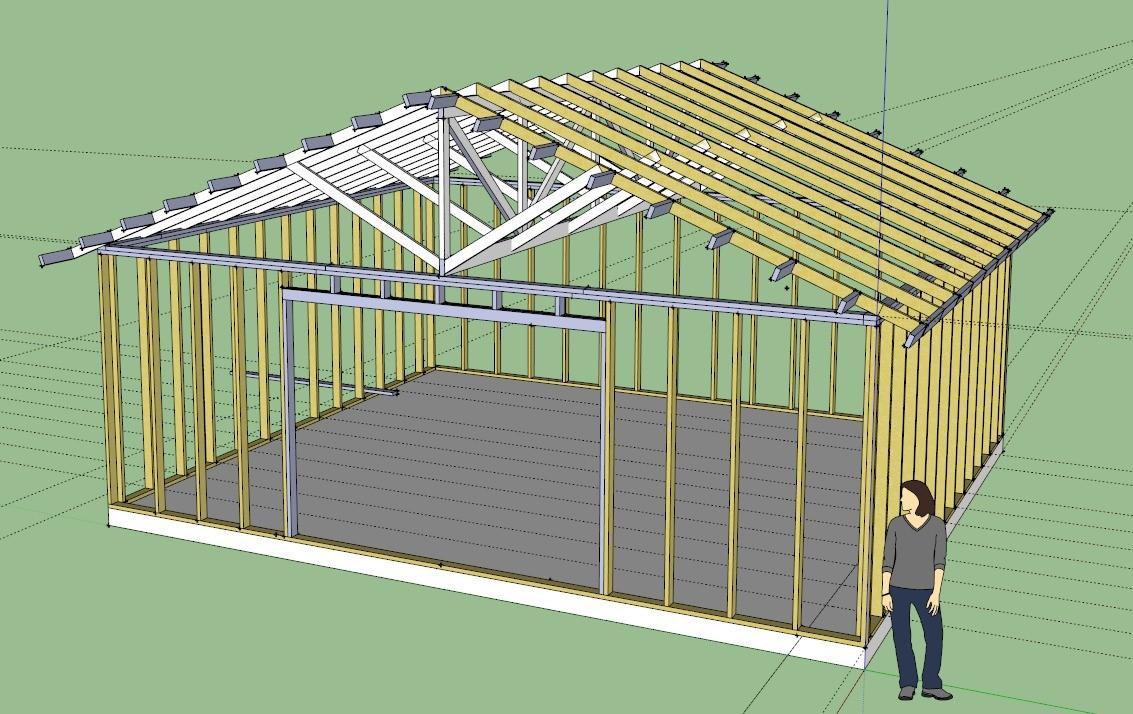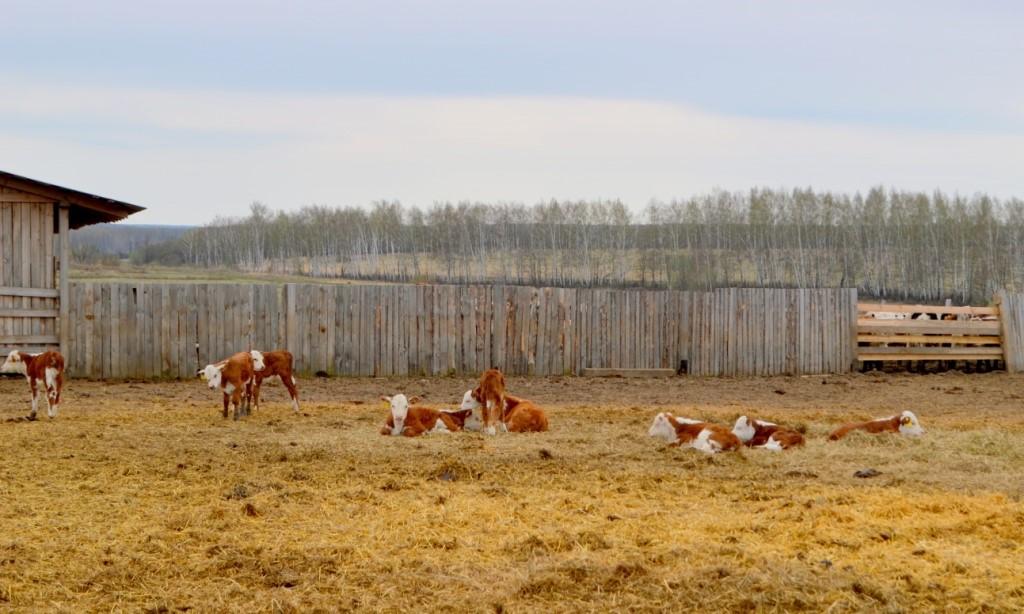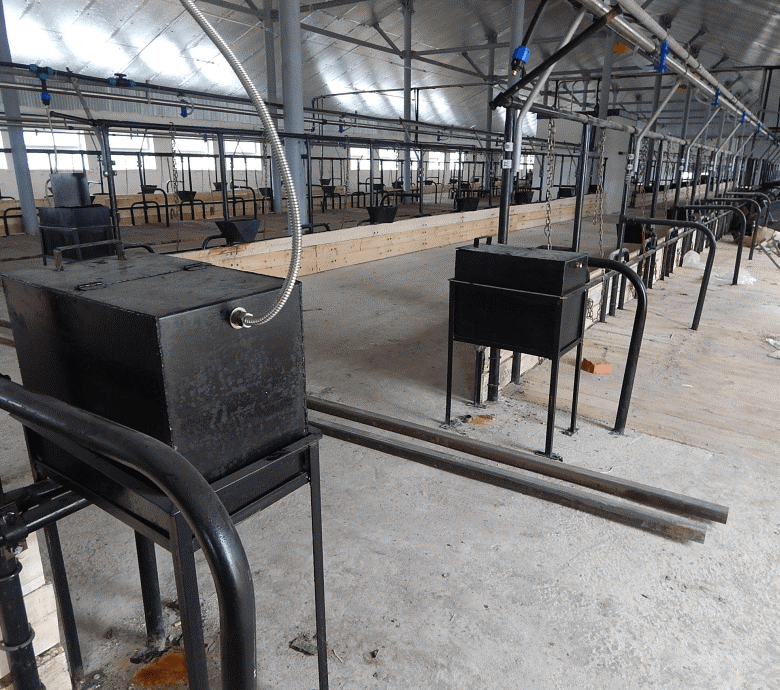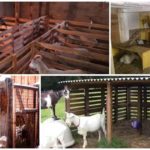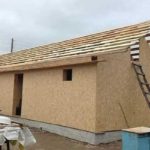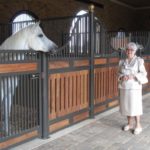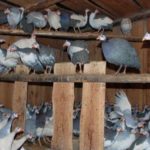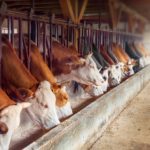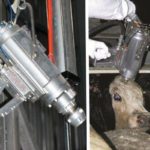A pet requires special living conditions, which are established by veterinary and sanitary standards. Ox sheds are no exception in this regard. Those who plan to build a room themselves and then equip it need to carefully prepare and take into account the nuances. Animal health and productivity depend on the correct execution of construction stages.
Features of the construction of a barn for bulls
Before starting construction, a number of factors should be taken into account that will affect the health of the bulls, and therefore their productivity. It is important to draw up a plan, complete the necessary drawings and prepare an estimate. In this case, it is necessary to take into account the number of heads, breed, dimensions and weight.
Animals are kept at livestock bases for more than 10 hours a day and during this period they should be comfortable. Therefore, a livestock barn must have an effective heating and ventilation system, as well as lighting. It is important to correctly select materials for laying the foundation and erecting walls, and design the roof in advance. The walking area and the interior design of the room are important.
What are the basic requirements for premises for keeping animals?
There are certain requirements for premises for keeping cattle. They are not difficult to complete if you familiarize yourself with them in advance. First of all, you need to choose the right place for the future shed. The pen should not be located near private houses. Next to the premises you will need space for a walking area, a silage pit, a haystack, and manure.
The standard standards for tethered housing are as follows:
- creating safe conditions for livestock and service personnel;
- free access of animals to food and water;
- fixing the bull if necessary;
- the presence of partitions of certain sizes;
- ventilation and lighting system.
When making calculations before starting construction, you should pay attention that the shed must be of the correct size. It is necessary to take into account the area of the room, the height of the walls, and the angle of the floor. There are strict standards for stall size. An adult animal will need at least 6 m2, and for young animals up to 3 months – about 3m2.
Schemes and drawings
It is important to think through the design of the barn at the initial stages.If the design and costing process is competent, the premises will last a long time, and the farmer will not have to spend money on reconstruction and regular repairs after a certain period of time.
You need to decide on the materials in advance. For example, wood floors are environmentally friendly and warm. They are suitable for young animals and fattening bulls. In addition, they reduce costs for bedding.
It is necessary to take into account not only the number of bulls at the moment, but also in the future. After all, expanding the premises will require time and additional expenses. Therefore, calculating the number of livestock will help eliminate unnecessary costs.
Construction process
The process of building a shed is not complicated; it should be divided into stages:
- laying the foundation;
- walling;
- flooring;
- roof construction.
Each stage is performed at a certain time and has its own characteristics.
Foundation
The foundation is a kind of guarantee of the durability of the building. The future premises depend on it, since it is the basis. The foundation is often poured with your own hands. It is divided into several types:
- columnar is suitable for small livestock and is considered a quick and economical method of filling;
- tape - one of the universal ones, so it is used more often;
- monolithic should be used for the construction of large farms for cattle, since it is expensive, but also more durable.
How to choose the best option? It is necessary to take into account the livestock, the soil of the area, and the characteristics of the material from which the walls will be built. One more point should not be missed - at this stage it is necessary to take care of the waterproofing of the room.
Floors
The optimal material for constructing a floor is concrete. It is strong and durable, especially considering the weight of the bulls. In addition, it does not absorb unpleasant odors.When performing work on pouring the floor, it must be slightly raised at a certain angle (4 °), and grooves must be made to remove waste products.
Concrete has a disadvantage - it is cold. You can correct the situation with the help of bedding made of hay or straw and wooden panels, which you can make yourself at home.
Walls
If you plan to build a small building for a small number of animals, then wood will do. However, with a livestock of 20 bulls or more, practical and durable material will be required. Brick is not cheap. It can be replaced with gas blocks or foam blocks. With their help, you can build a shed faster.
You need to build walls from the corners. At the same time, their height should not exceed 2.5 m. A larger figure will make the walls cold in winter, and a smaller figure will make the walls stuffy in the summer.
Roof
The roof is made single-pitch or gable. A lean-to structure requires sheathing and tight installation of boards. The joints are sealed with a clay solution or other material. The surface can be covered with soil or sawdust. Slate or roofing felt will serve as a covering material. In the southern regions they do without additional insulation. In cold regions of the country, thorough insulation is necessary.
They prefer to make a gable roof because of the additional room - the attic, where food can be stored. The attic also acts as a kind of insulation for the shed. In some cases, they make a shed for animals, which is a continuation of the roof.
Walking area
The key to the health and high productivity of an animal lies not only in a proper diet, vitamin supplements, care, but also in daily exercise.Cattle must move freely around the designated area in the fresh air every day. A proper walking area should have a canopy, reliable fencing, and free access to water. Such a recreation area must be promptly cleaned of manure and foreign debris.
Arrangement of the premises
No less serious requirements are put forward for the interior arrangement of the premises:
- young animals and adult animals should be located in different rooms;
- drinking bowls and feeders should be freely accessible;
- animals should be placed in stalls with their muzzle towards the feeder and their tail towards the drainage ditch;
- stalls must be appropriate for the size of the livestock.
There is no need to skimp on the size of the room, otherwise it will get dirty faster and the animals will begin to experience discomfort.
Installation of feeders and drinkers
The place for eating and drinking should be properly organized. Containers for food and drinking water should be installed outside the stalls along the walls of the barn. In this case, animals must freely approach the tanks at any time.
Feeders can be varied in shape, but trapezoidal is considered traditional and convenient. You can buy them at a specialty store or make them yourself. The drinking bowl must be installed in close proximity to the feeder. For tethered housing, cup or valve-float systems are suitable. They are convenient because they are automatic and connect to the general water supply system.
Lighting and ventilation of the barn
Ventilation systems can be of two types: forced and natural. There is no point in buying a full-fledged installation for a shed. For a small room, ventilation shafts made of metal or polypropylene pipes are suitable.Fresh air from the street is supplied through openings in the walls, and excess warm air is removed through special pipes in the roof.
As for lighting, you will need to install an artificial system. There is enough daylight for daylight hours. The sun will penetrate into the room through the windows, which should be made sliding for ventilation. In winter, when the days are too short, artificial lighting must be used. Lack of light can negatively affect cattle productivity. To do this, you can use mercury, halogen or incandescent lamps.

